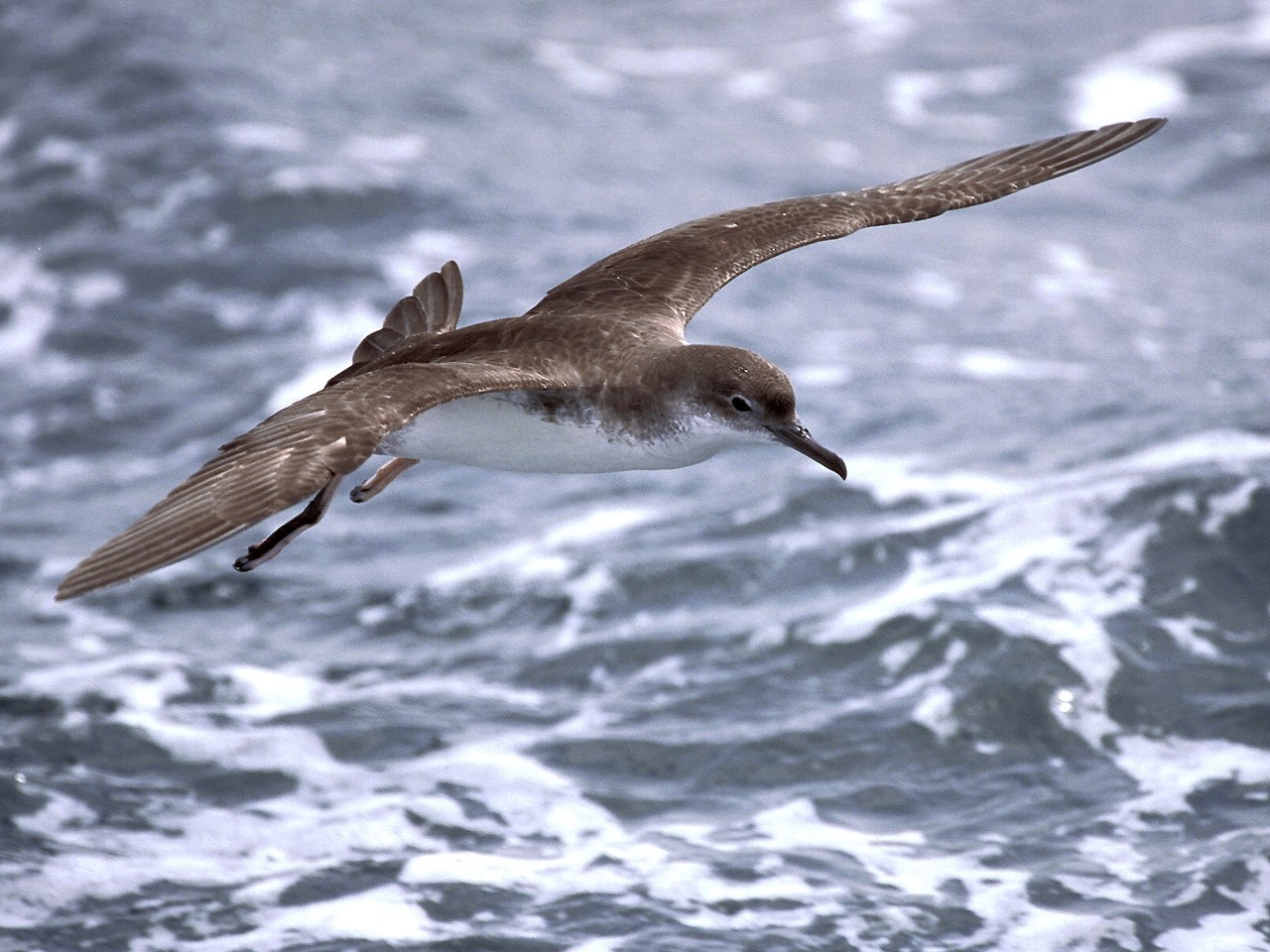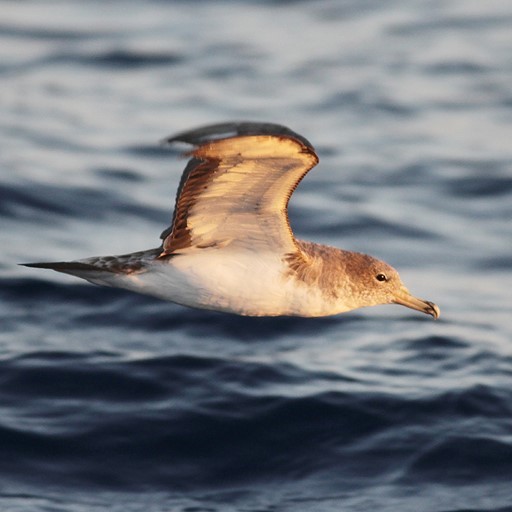Beschreibung
Punta Chiappa is located in the Portofino Natural Park. The waters are rich in food and attracting many seabird species. Especially thousands of Mittelmeer-Sturmtaucher and Sepiasturmtaucher. Other species that are regularly seen from this spot are Basstölpel, Schwarzkopfmöwe, Krähenscharbe and Tordalk. In March, many waterbirds are seen migrating at sea. In winter, Mauerläufer and Blaumerle can be seen on the cliffs and a flock of Brandseeschwalbe is wintering between Punta Chiappa and Camogli. Along the hiking path from San Rocco, in spring Ligurien-Bartgrasmücke is breeding among the dense shrubs.
Details
Zugang
The watching site can only be reached by walking from San Rocco or by boat from Camogli. The trail from San Rocco is a stairs path, not that long but very steep. You can get to San Rocco by car and park there. Click on a P in the map for directions. Other option is by train to Camogli and then by bus. The 2,5 km hiking trail starts at the church of San Rocco, at 220 meters a.s.l., and from there it goes downhill getting at sea at Punta Chiappa in half an hour (and 1 hour to get back to the parking area). The path is marked with a symbol with two red squares.
The other option is to take the boat from the small harbour in Camogli, but it is important to check the sea conditions. If they change to bad the boat service may stop.






